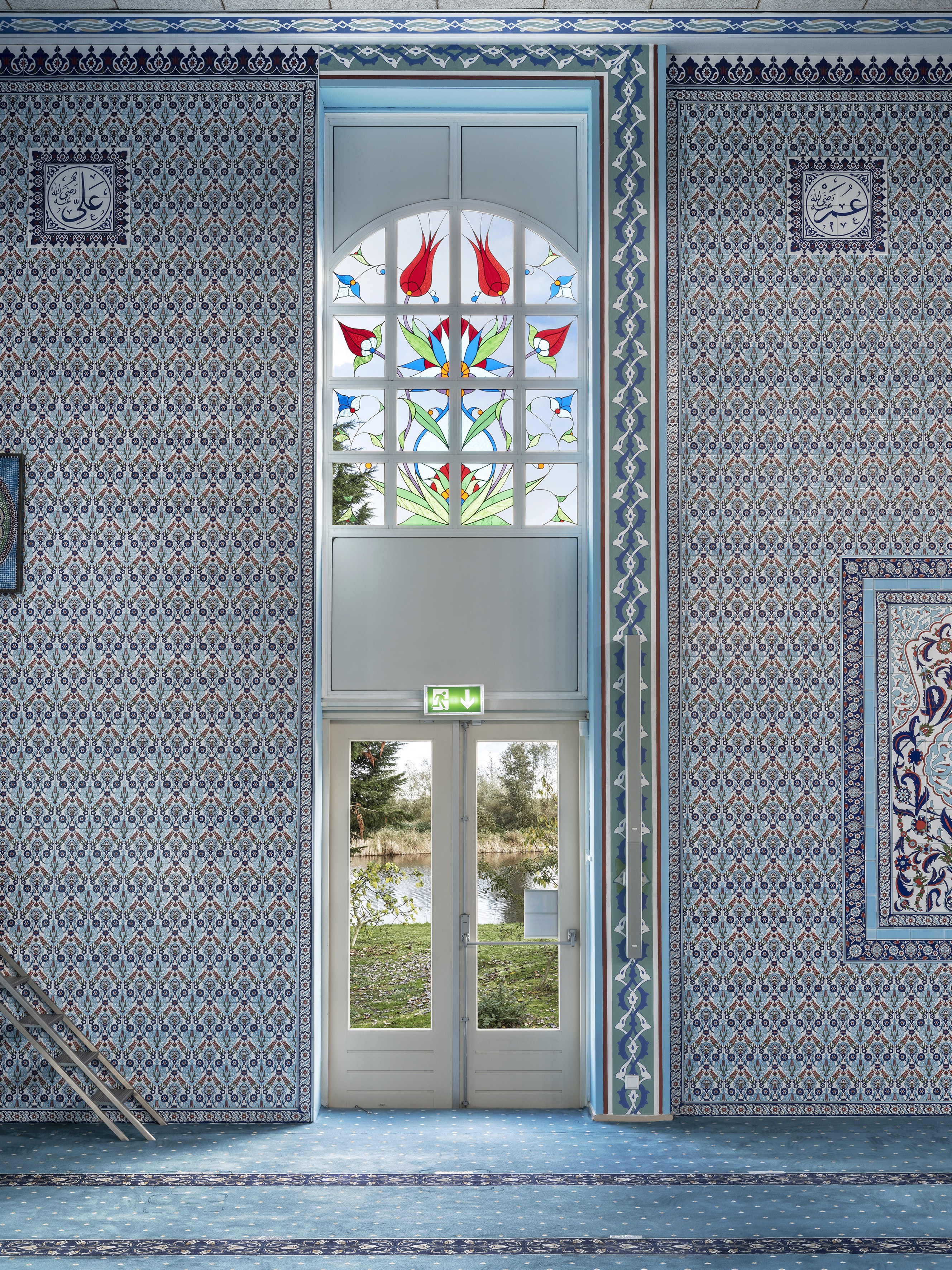Stevenson Amsterdam hosts an exhibition ‘as a gesture of protest.’ Rooted in South Africa, the organising gallery is ‘particularly familiar’ with rising ‘nativist and xenophobic’ tendencies.
On 22 November, a political party that compares the Quran to Mein Kampf, and would like to ban the construction of mosques, won the Dutch elections. They propose to strip people with dual citizenship of their Dutch nationality if convicted of a crime, and, using vulgar slurs, have floated a tax on the wearing of a hijab. Much of the rest of their party platform also directly contravenes the Dutch constitution, in particular those clauses that proclaim equality before the law and freedom of religion, a fact the party leader happily acknowledges. While they have vowed to set aside temporarily their more egregious proposals in order to create a viable coalition government, they have not distanced themselves from even their most violent rhetoric. At the time of writing, it seems likely that the leader of this party will become the next prime minister.
This exhibition is conceived as a gesture of protest, in the spirit of Pastor Niemöller’s poem ‘First They Came’. It draws on a history and tradition of art as protest with which, as a gallery with roots in South Africa, is particularly familiar.
The Dutch elections happened against a global backdrop of increasing nativism and xenophobia. The levels of destruction in the DRC, Sudan, Ukraine and Gaza have shattered the illusion of a livable status quo, and a long list of other conflicts fought along religious, ethnic, ideological or national lines continue to cause untold suffering. Racism, antisemitism, Islamophobia and other forms of prejudice are on the rise; violence against the LGBTQ+ community in Amsterdam is increasingly normalised; and social media allows us to retreat ever further into dangerous echo chambers.
The title of this exhibition is a paraphrase of Rodney King’s cri de coeur at a press conference during the LA protests in the wake of the acquittal of the police officers who had brutally beaten him: ‘I just want to say – you know – can we, can we all get along? Can we, can we get along? Can we stop making it horrible for the older people and the kids?’ His sentiment was not a dismissal of protest, but an expression of the despair and hopelessness one can feel in the face of violence and pain inflicted by one human being on another. The phrase became the name of a series of parties in Cape Town around the time of our gallery’s founding, which were a form of resistance through joy against the persistent divisions entrenched by apartheid.
Stevenson invited some 50 artists, writers and curators from or living in the Netherlands to make a contribution to our protest in any form they feel appropriate. These will be gathered and installed in the gallery over the course of January 2024.
Participating artists:
- Machteld Aardse & Femke Kempkes
- Parvez Alam
- Cian-Yu Bai
- Marwan Bassiouni
- bsdwcorp.
- Desiré van den Berg
- Rineke Dijkstra
- Brian Elstak
- Fix Everything
- Kenneth Geurts & Luna Hupperetz
- Talisa Harjono
- Domenique Himmelsbach de Vries
- Iris Kensmil
- Natasja Kensmil
- Jan Hoek
- Charlie Koolhaas
- Anouk Kruithof
- Nokukhanya Langa
- Benjamin Li
- Sjoerd Martens
- Neo Matloga
- Eva Meijer
- Marjo Meijer
- Tumelo Mtklu
- Anke Noorman
- Oey Tjeng Sit
- Anna-Bella Papp
- Bruin Parry
- Mounir Raji
- Tadgh Read
- Klaas Rommelaere
- Dion Rosina
- Sam Samiee
- Viviane Sassen
- Pamela Phatsimo Sunstrum
- Thato Toeba
- Jan Voss
- Tommy Wieringa
- Farren van Wyk
- Xiaoxiao Xu
- Famil Zamanli
More information here


